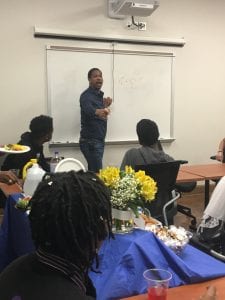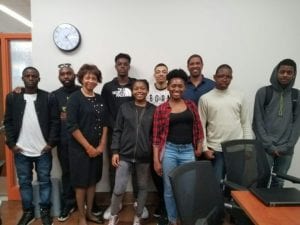World Teachers’ Day – Take Time to Thank Your Teachers!
Tomorrow, October 5th is World Teachers’ Day, also known as International Teachers’ Day. It marks the anniversary of the signing of the 1966 UNESCO/ILO Recommendations concerning the status of teachers which addresses the status and situations of teachers around the world. It focuses on appreciating, assessing, and improving educators the world over.
You can spend World Teachers’ Day making your teachers feel appreciated. We’ve listed a few simple suggestions for how you might show your teachers that you care about them.
Say Thank You

Little words can go a long way. Sometimes, saying thank you is enough! Go see your teachers, current or past, and tell them clearly how much you appreciate what they do. If you can, be specific! Recall a particularly moment where they helped you grow and recount that story. Teachers don’t get to hear praise from their students enough!
If you’re too nervous to do it face to face, or the teacher you want to thank is at a different school or retired, do it through email! Just make sure your appreciation reaches them somehow.
A Small Gift
Presents , even simple ones can help your teachers see how much you appreciate them. Don’t go too overboard- a small token is enough to communicate how grateful you are. Think about a small gift card or a trinket you know they’ll appreciate.
Nominate Them

If there’s a teacher that you have found to be particularly impactful on your education, nominate them for an award! Most school countries have a Teacher of the Year, and many schools do this process on that smaller level as well. Ask at your school office about the process of nominating a teacher for that award.
Honored’s teacher honoree program stresses that studies have shown that teachers who se a tangible positive impact of their work stay in the classrooms longer. Make sure your teachers know they make a difference.
You Might Also Be Interested In:
Find out more about World Teachers’ Day on the UNESCO website.

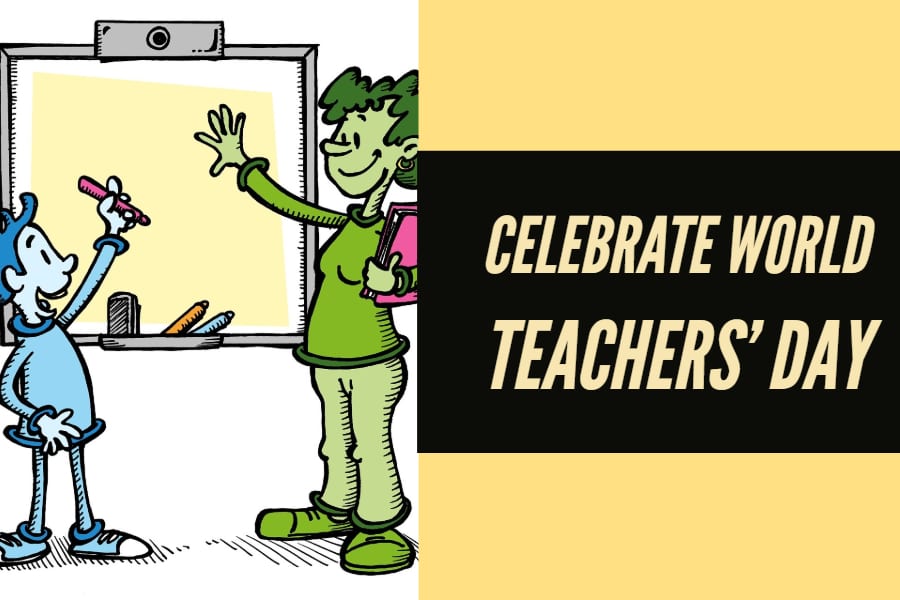
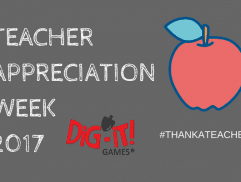







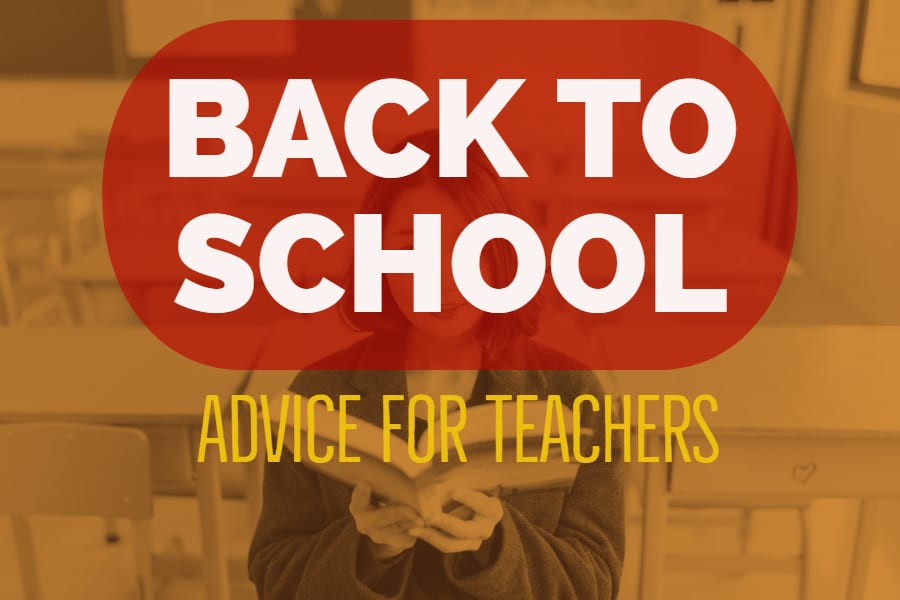
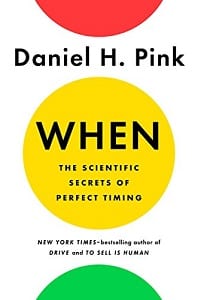
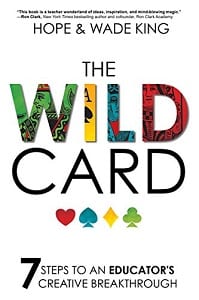
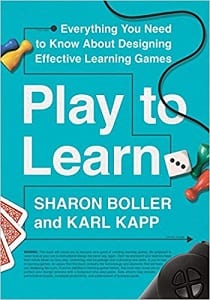
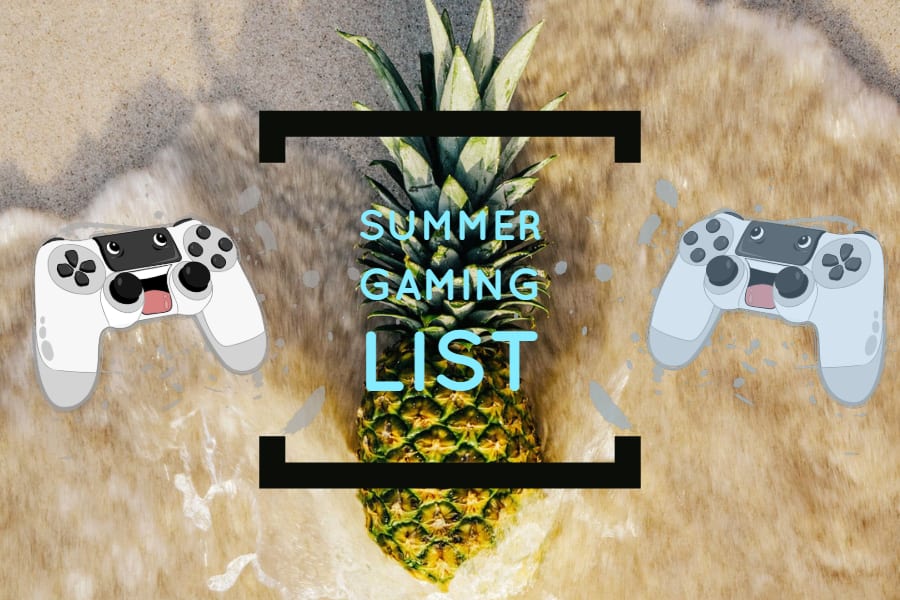
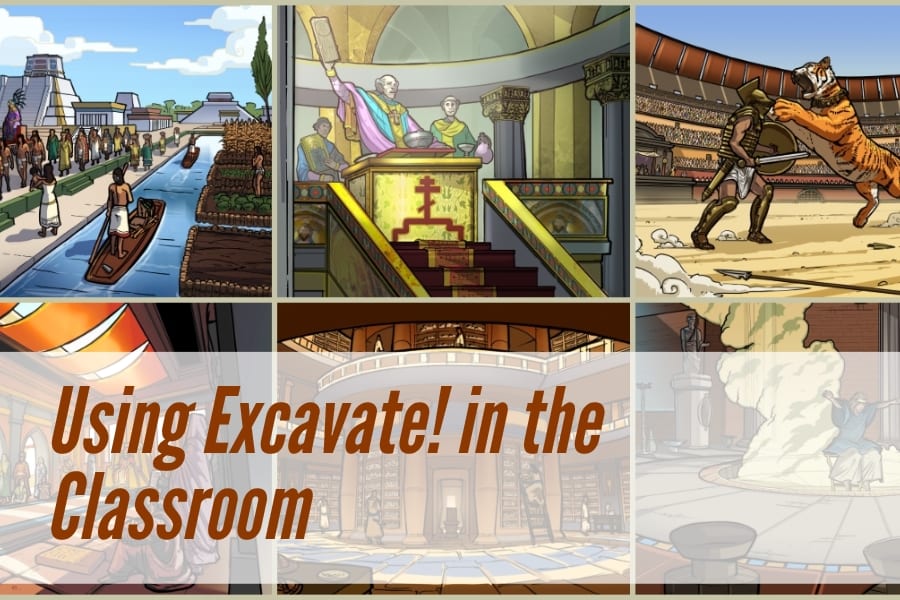

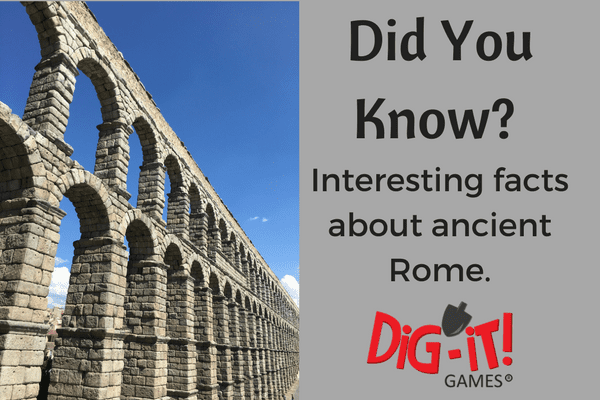
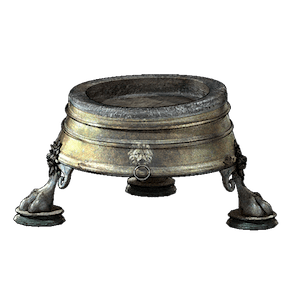 Gladiator Recovery Shake
Gladiator Recovery Shake Baths Are for More than Bathing
Baths Are for More than Bathing Second Floor with a View
Second Floor with a View For the Birds
For the Birds

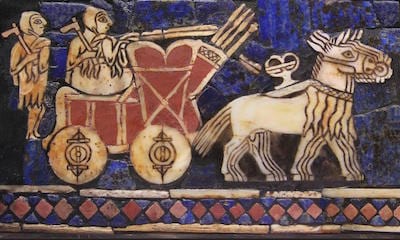
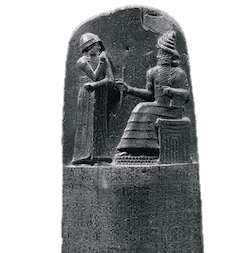
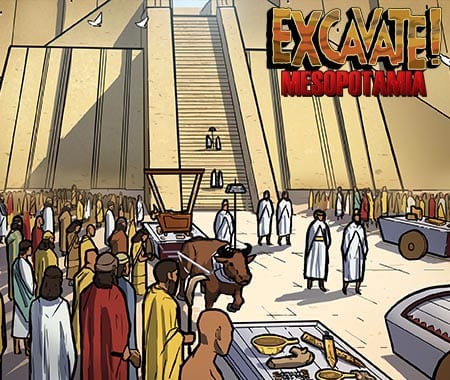
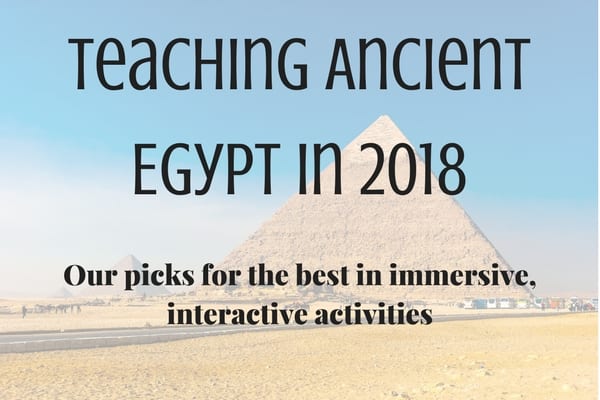
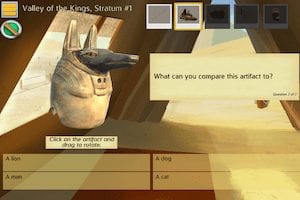
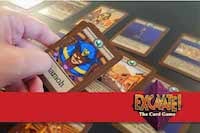

 “If you can see it, you can believe you can do it, then you will do it.” This was just one of the many pieces of advice from Dr. Hakeem Oluseyi to students at Roosevelt High School (part of DCPS) in Washington, D.C.. Many of the students had played our game,
“If you can see it, you can believe you can do it, then you will do it.” This was just one of the many pieces of advice from Dr. Hakeem Oluseyi to students at Roosevelt High School (part of DCPS) in Washington, D.C.. Many of the students had played our game, 